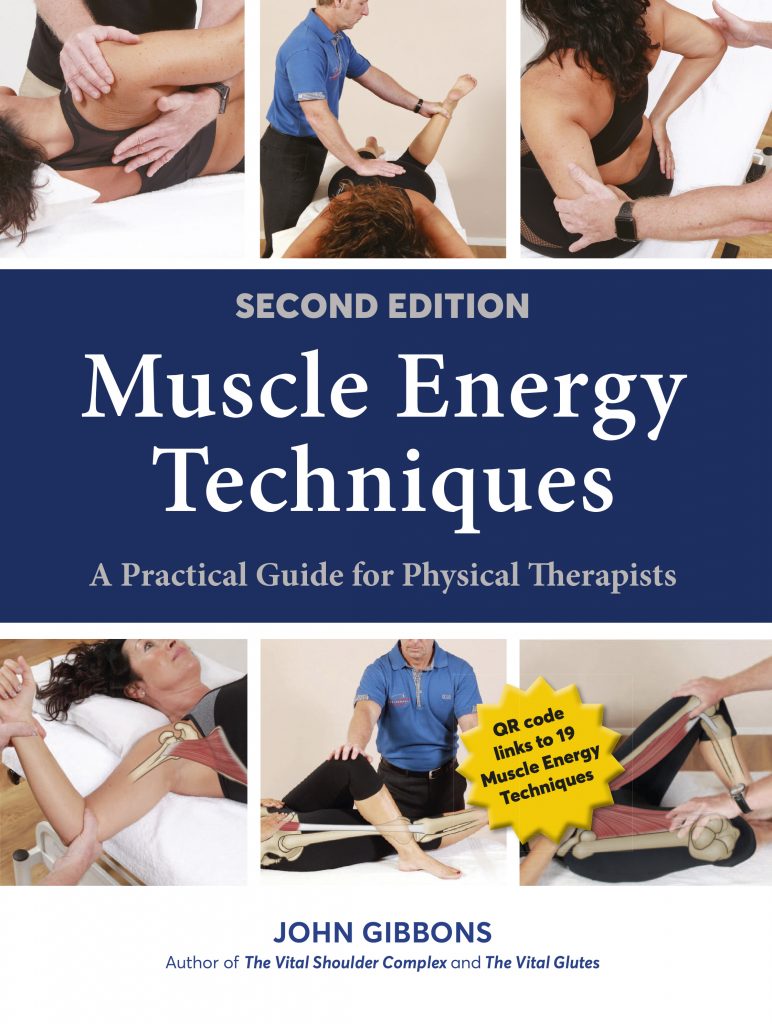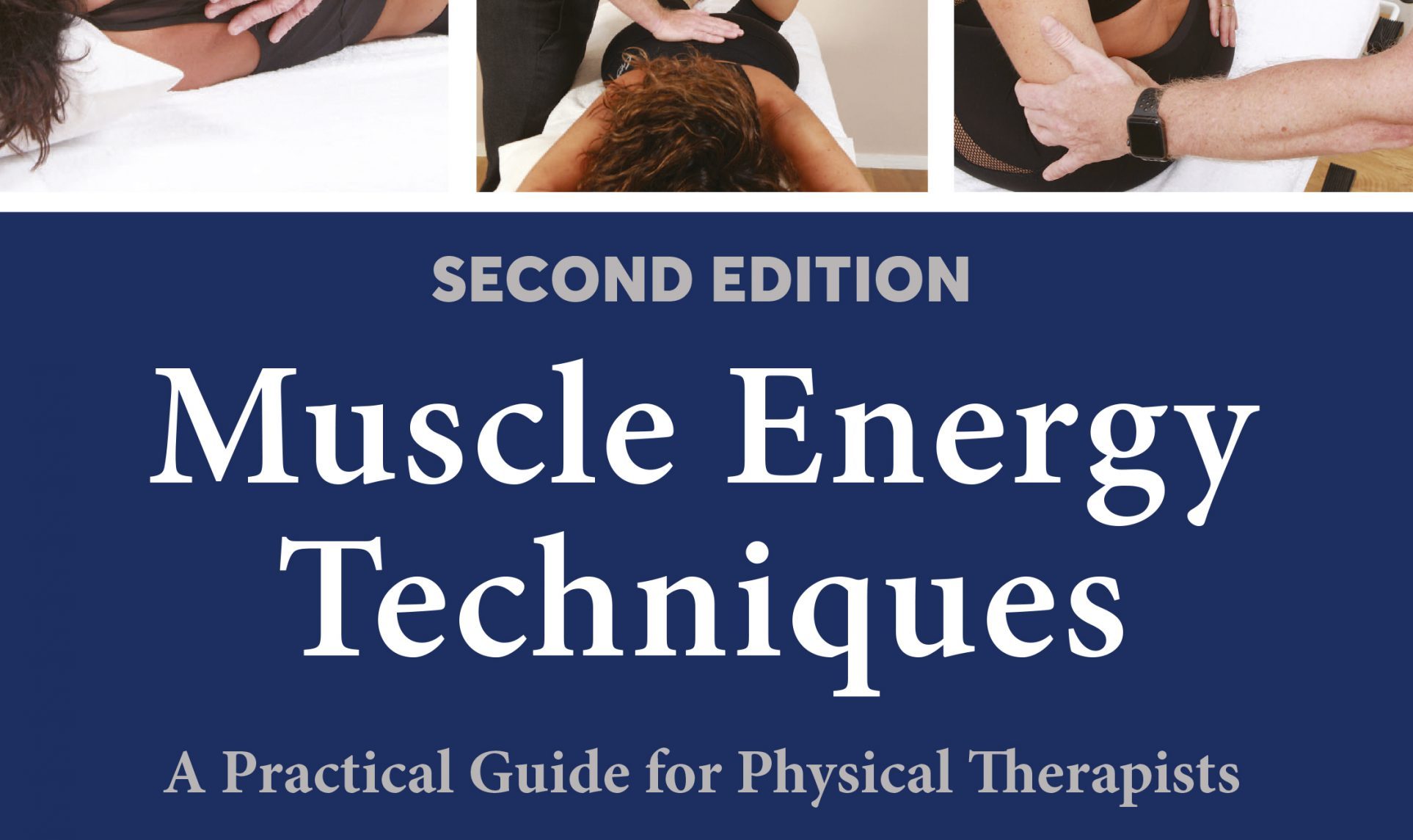First published in 2013, this book has consistently been the Bodymaster’s bestselling title. And now with this updated edition it is bigger and better than ever!
The first edition was 10 chapters – this new edition has nearly DOUBLED in content to 18 chapters. It now includes a range of additional techniques you or your patient can administer on yourself, new techniques for pecs and lats, a huge amount of extra info on the rotator cuff and biomechanics of the shoulder, protocols to test hip firing patterns, and – perhaps best of all – QR codes at the beginning of each chapter that link you straight to YouTube videos of the techniques demonstrated by the Bodymaster himself.
The book is broken down in to five parts. In Part I, the author examines the theory and principles behind muscle energy techniques, with chapters introducing the technique itself, muscle imbalances, myofascial slings and core muscle relationships, which leads neatly in to the practice behind the technique.
Parts II to IV break down the technique into body areas, ie, upper body, lower body, trunk and pelvis, with clear descriptive explanations of the techniques accompanied by color photographs with directional arrows showing the practitioner how to maximize the benefits of the treatment. Clear drawings allow the reader to understand the basic anatomy of each muscle.
A concluding part V shows two applications of METs: self-lengthening techniques for the shoulder complex and muscle testing and the gluteals.
The complete guide for any student or practitioner of physical therapy and related modalities, this is a book that you will refer to again and again.
Available on Amazon and on independent bookshops.
Our gift to you: a FREE sample chapter from ‘Muscle Energy Techniques’

To download your free chapter from the book, simply click on the link below. No catch.
This chapter discusses Muscle Imbalances, and crucially, tonic (postural) and phasic muscles. An understanding of the relationship between these muscles is vital before you assess your patient and carry out a treatment plan using METs.
Gibbons presents the tonic and phasic muscles for each region in a neat table that is quick and easy to refer to, and explains why it is important to ‘lengthen before you strentgthen’ – ie, release the tight and short muscle before you attempt to strengthen the weaker muscle.
Want to know more? Click here to download your free chapter from ‘Muscle Energy Techniques: A Practical Guide for Physical Therapists’






0 Comments